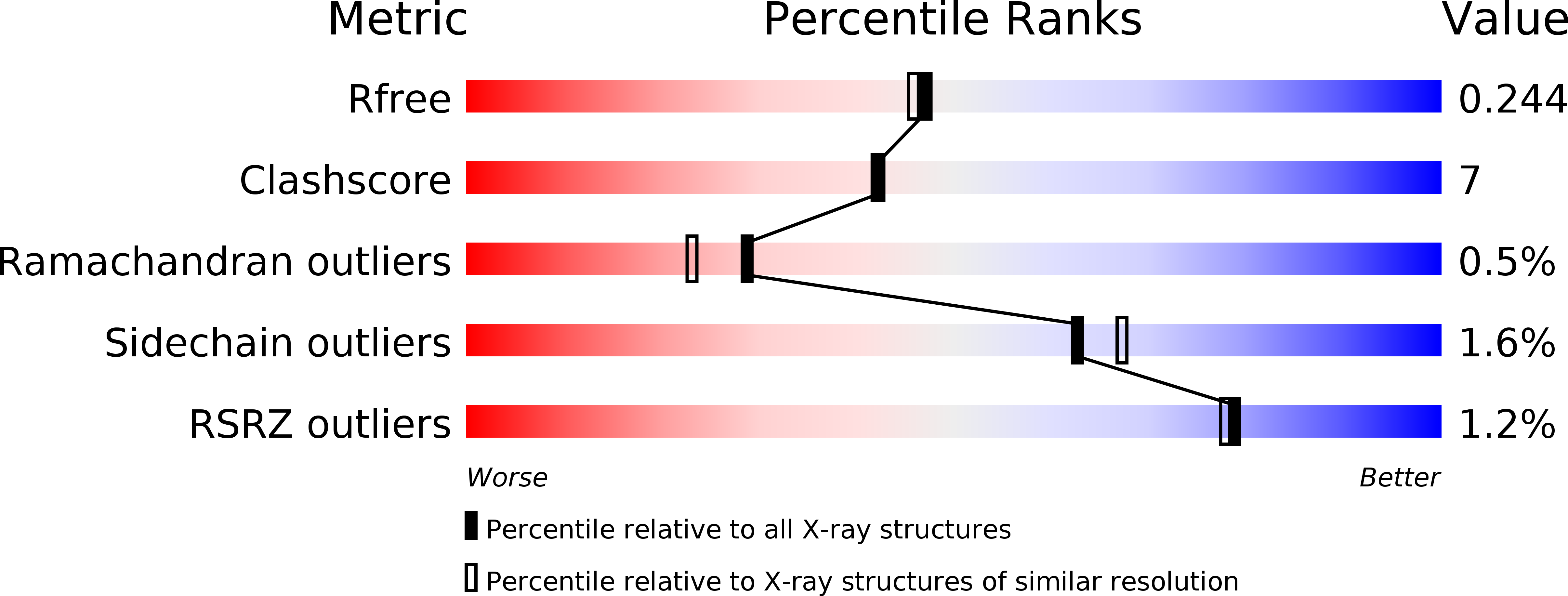
Deposition Date
2014-10-28
Release Date
2014-12-24
Last Version Date
2023-09-20
Entry Detail
PDB ID:
4RO9
Keywords:
Title:
2.0A resolution structure of SRPN2 (S358E) from Anopheles gambiae
Biological Source:
Source Organism:
Anopheles gambiae (Taxon ID: 7165)
Host Organism:
Method Details:
Experimental Method:
Resolution:
2.00 Å
R-Value Free:
0.23
R-Value Work:
0.19
R-Value Observed:
0.19
Space Group:
I 1 2 1


